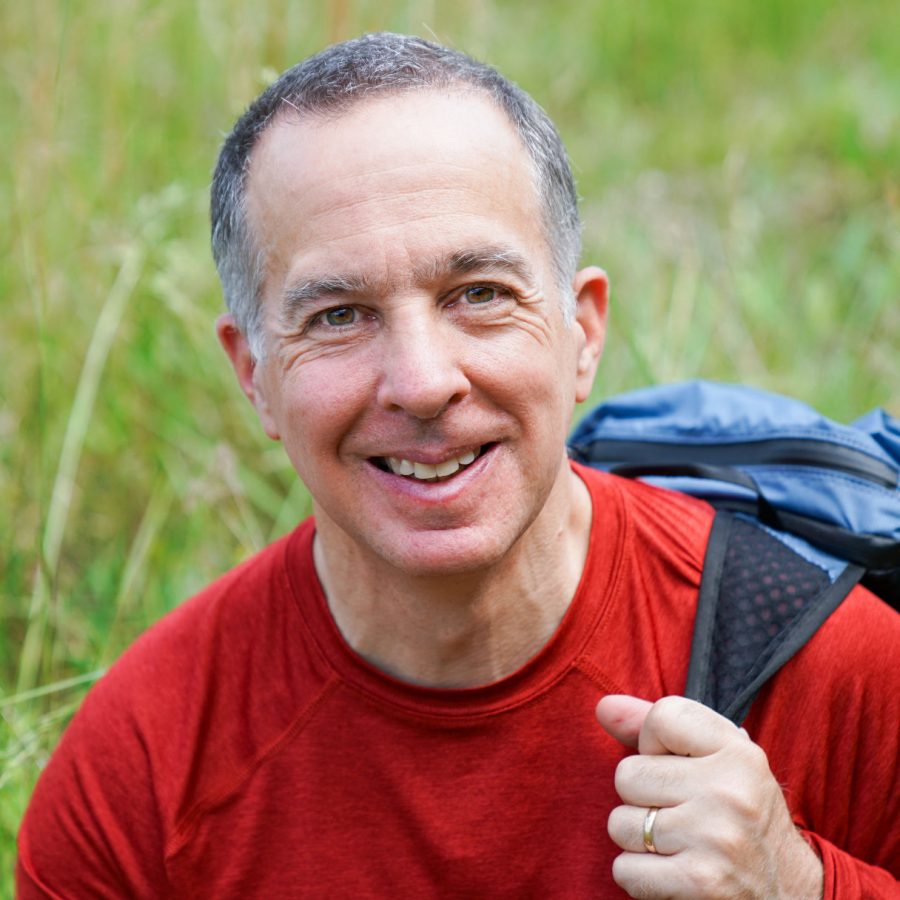Finishing the Last 16 Bars
The last two weeks have been a mix of both highs and lows. On the positive side, I made good progress with my “tape” and orchestra piece after finishing the coda. I revisited the 16-bar transition and introduced a variation on material from the Confronting Our Shadows section. The shift back to 4/4 allowed for a gradual transition in the bass from eighth notes to half notes, giving the feeling of slowing down to prepare for The Dawn of Hope. Interestingly, as the bass slows, the timpani part speeds up because it stays synced with the tape.
Final 16 bars.
Polishing and Refining
Since then, I’ve been in refinement mode, revisiting a section around measure 236 that never quite felt right. A few orchestration tweaks have made it flow better, and I adjusted some notes in the brass choir to improve its flow. While these were small changes, they’ve made a noticeable difference, and I’m starting to feel satisfied with the result—although I’ll need a few more listens to be sure.
There has also been a focus on preparing the score for the conductor. I’ve drafted a video to assist with syncing the tape, showing beats, measures, and rehearsal numbers to keep everything in line during rehearsals. Though I haven’t settled 100% on the title, the score is shaping up well, as are the individual parts.
Considering Changes (and Constraints)
I’ve considered adding more percussion in a few places, but the orchestra performing the premiere can’t accommodate that, so I’m holding off for now. The tape part still needs mastering, but I have more time for that compared to getting the score and parts ready for the early October deadline. After a year of work, it’s amazing to see this piece come together, and I’m eager for the premiere in November.
Software Challenges: A Finale Farewell
Now for the less exciting news: Finale, the music software I’ve used for over 30 years, is no longer supported. This was a major blow, as I’ve written all my music in Finale and rely on it extensively, even for note-taking. It reminds me of my struggle to save Dr. Mark Alburger music that was lost because Encore became obsolete, and it’s created a sense of panic for me.
The past two weeks, I’ve tested Dorico and MuseScore 4, hoping to find a replacement that supports my style and needs. Importing my latest solo flute piece didn’t go smoothly in either program. On first pass MuseScore came closest to what I wanted. After spending time in forums, getting private help, and experimenting, I finally discovered two ways to make Dorico work for this score. However, importing some of my other pieces produced mixed results—some with errors, others with missing notes.
I’ll be doing a post or video specifically on all of this experience.
Looking Ahead
At this stage, I’m feeling an overwhelming sense of frustration. It seems like I’ll need to manually re-enter my catalog into these new programs, as the imports aren’t reliable. It’s a daunting task, and I can’t help but wish I had a team of interns to help.
Stay tuned for more updates on this evolving situation and, of course, on the final stages of my “tape” and orchestra composition.
Like this:
Like Loading...



